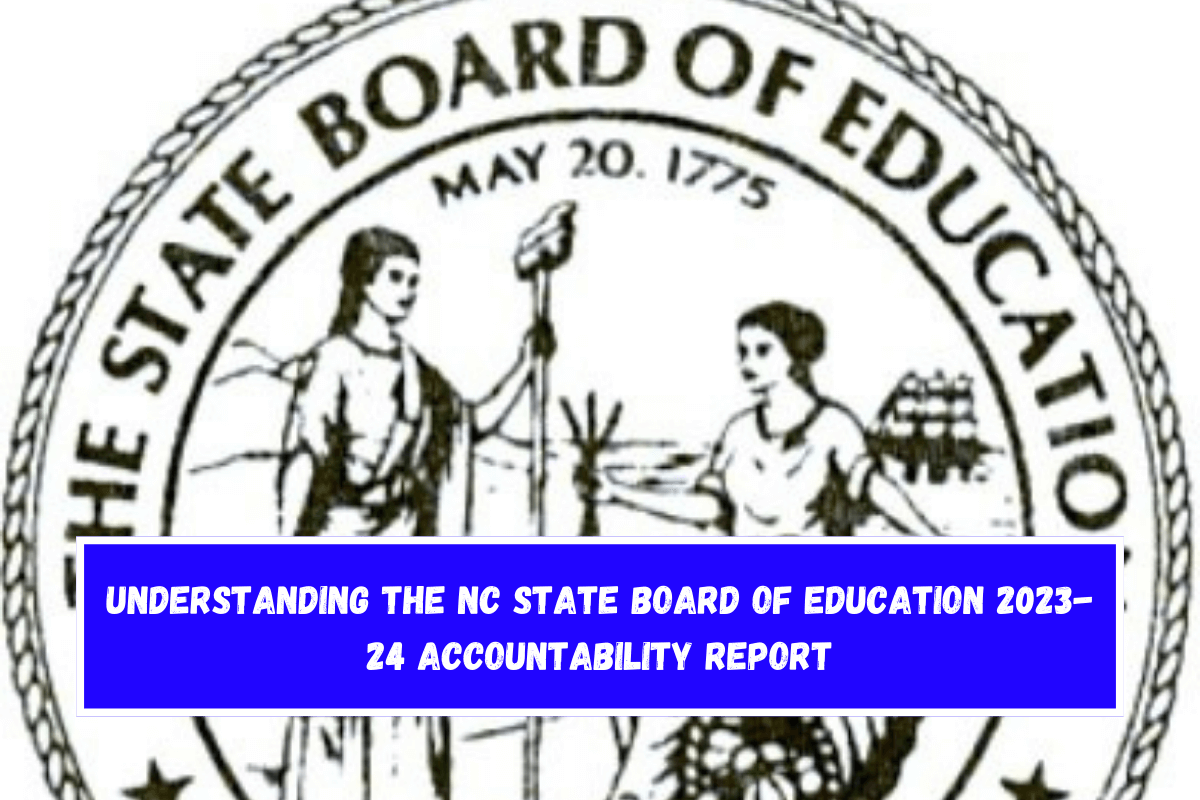The 2023-24 state test results that were shown to the State Board of Education today show that North Carolina students are still making progress in most grades and topics. In terms of accountability, schools also made improvement.
North Carolina students did well in math for the second year in a row. There was an increase in students working at both college-and-career readiness (CCR) and grade-level proficiency (GLP) in all grades from third to eighth, as well as in both NC Math 1 offerings.
From the 2022–23 school year to the present, these areas saw gains of up to 2.1 percentage points for kids who were proficient at the grade level in math. The results for NC Math 3 went down this year, from 58.3% to 57.6%.
The percentage of schools getting an A, B, or C keeps going up, while the percentage of schools getting a D or F goes down by almost two percentage points.
The number of schools meeting or beating growth also went up. In 2023–24, about 72.5% of schools met or beat growth goals. This was up from 69.6% in 2021–22 and down from 72.3% in 2022–23.
English Language Learners (EL) also made big progress. Over the past three years, the percentage of students making their progress goals or no longer being English learners has steadily gone up. The number went up from 21.1 in 2021-22 to 24.9 in 2022-23 and then to 27.3 in 2023-24.
When looked at separately, the number of students leaving the school rose by almost 0.5 percentage points compared to last year, and the number of students meeting annual progress rose by almost 2 percentage points.
The number of people graduating is also going up. The state’s four-year cohort completion rate went up from 86.5% in 2022–23 to 86.9% this year.
“The steady progress shown by this year’s state test scores makes us proud.” “This progress shows how hard teachers and students across the state have worked and how dedicated they are,” said Catherine Truitt, State Superintendent of Public Instruction.
“The data in the accountability report makes it clear to us what’s working well in our schools and what needs more help,” she said. “The data from this year shows that we’re moving in the right direction in most areas, but we need to keep pushing for more help for our teachers.”
The 2023–24 school year’s student achievement data comes from looking at all end-of-grade (EOG) and end-of-course (EOC) tests. These tests are in line with the North Carolina Standard Course of Study for English Language Arts (Reading) and Mathematics, as well as the Essential Standards for Science in all North Carolina public schools.
Students who achieved at Level 3 or above (grade-level proficiency), Level 4 or above (college- and career readiness), and at each academic achievement level can be found in the data. On state tests, there are four levels of achievement: not good, 3, 4, and 5. Level 5 means that the student has mastered the material the most.
Overall, the percentage of students who are ready for college and a job and who are proficient at grade level went up on the 2023–24 tests.
Students did a little better on most reading tests, but they did worse in fourth and seventh grade reading. For students scoring at or above the grade level of proficiency, scores went up by up to 2.2 percentage points.
For students scoring below that level, scores went down by 2.5 and 1.8 percentage points, respectively. In 2022–23, English II scores went up from 58.3% to 59.5%. In science, too, student success varied. In fifth grade, science scores went up by almost a percentage point, but in eighth grade, science and biology scores went down.
The A–F School Performance grades are found by adding up the growth and the number of students who got a score of at least grade-level proficiency. A statistical model compares each student’s real test score to the score that was predicted based on how well they did on tests in the past.
Test scores make up 80% of the grade for success, but growth only makes up 20%. The school’s performance grade also includes the number of English learners who met their goals for growth.
As part of a high school’s school performance grade, four-year graduation rates, the difficulty of math classes, and the percentage of students meeting the minimum ACT score for admission to University of North Carolina campuses or getting a silver certificate or higher on the WorkKeys test are also taken into account. In 2023–24, 40.2 percent of 11th graders met the UNC minimum of 19, down from 41.1 percent in 2022–23.
Since I became state superintendent, I have pushed for a new way to grade how well schools do their jobs. It’s too focused on a single day’s test results and doesn’t look at the many other things that affect school quality and student success, like long-lasting skills, outcomes after high school, and the school climate, Truitt said.
The current system for giving school grades identifies schools as low-performing if they get a D or F grade and do not experience improvement. The number of low-performing schools dropped from 804 to 736 in 2023–24. The number of low-performing regions also dropped from 25 to 23 as well.
The senior director of accountability and testing for the N.C. Department of Public Instruction, Tammy Howard, said, “We know that teachers’ dedication to student growth is the key to learning and progress.”
“Letter grades and test scores don’t tell us everything we need to know about how well a student is doing in school, but North Carolina is still seeing growth for most grades and subjects.” You should be proud of this.















Leave a Reply